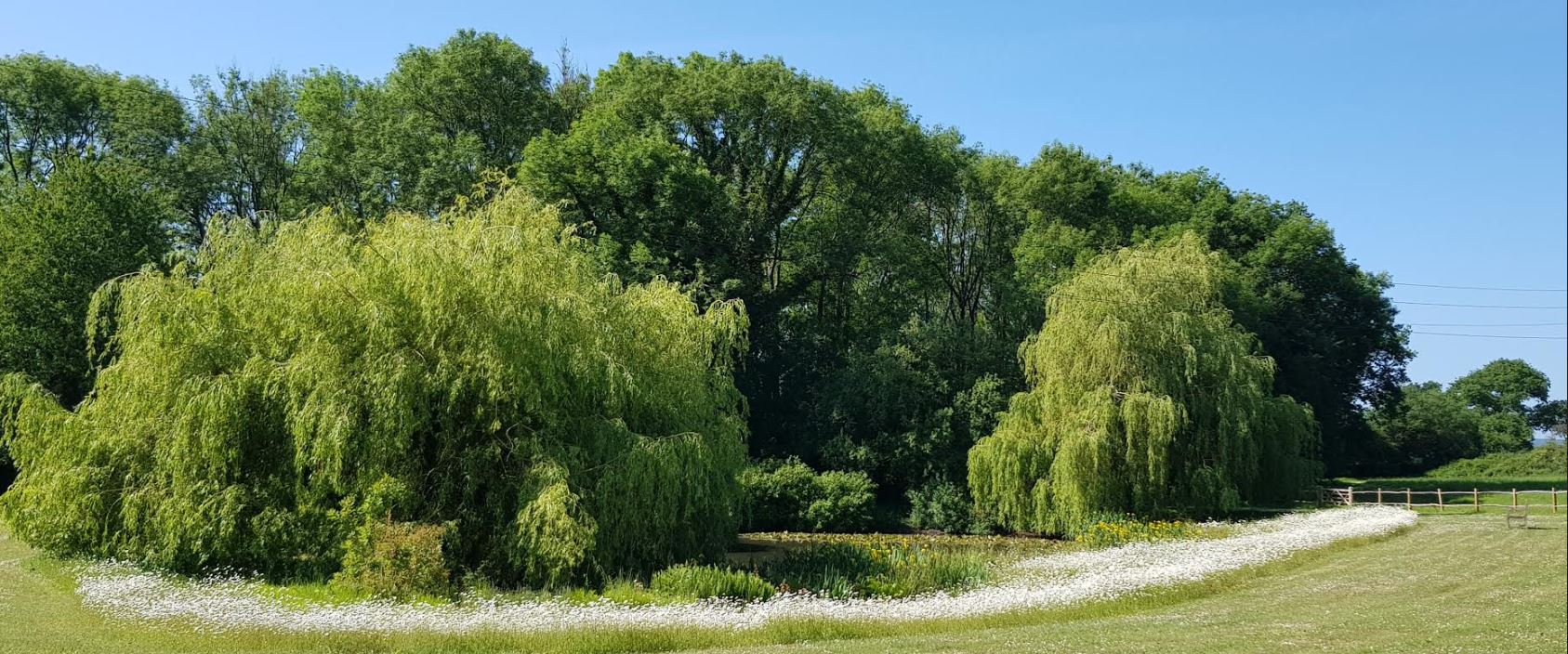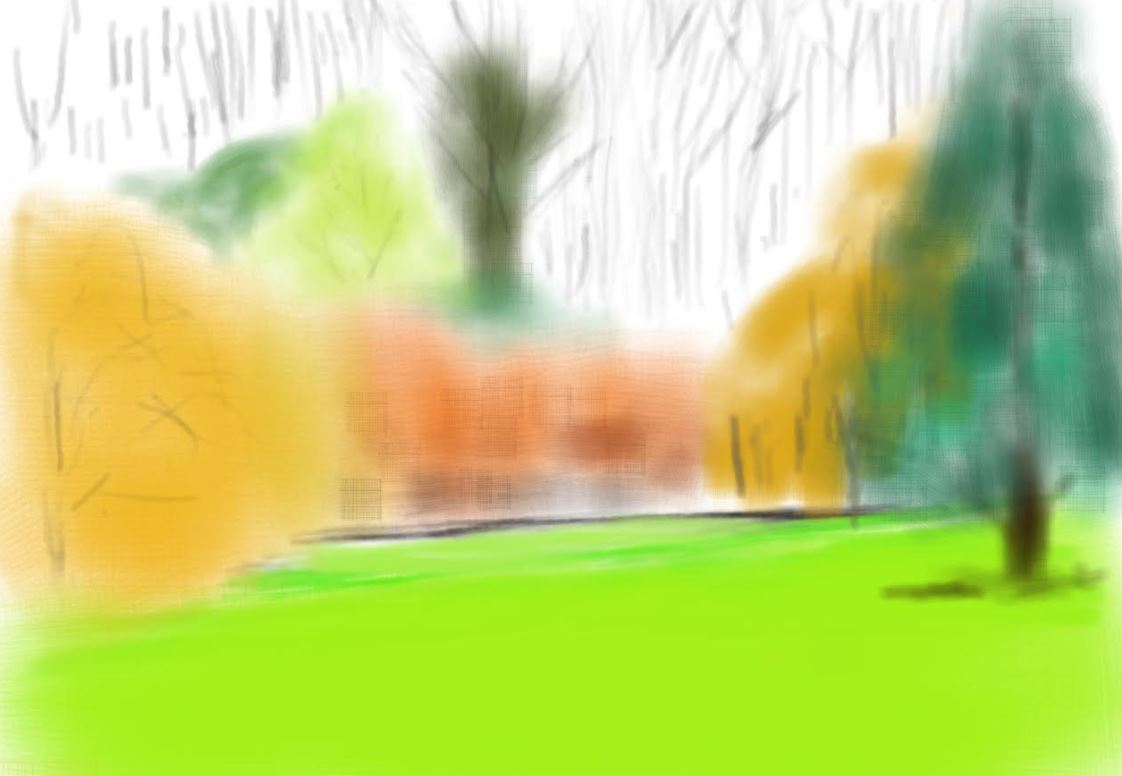
The name 'daisy' is thought to come from the Old English 'daes eag' which is thought to mean 'day's eye', after the way in which it opens at dawn. A daisy is actually two flowers in one. The (usually) white petals count as one flower and the cluster of (usually) tiny yellow disc petals that form the 'eye' is technically another. Ox-eye daisy is found in meadows and moderately grazed pastures as well as waste ground, railway banks and road verges. It prefers, but is by no means restricted to, well drained, neutral to base rich soils but is absent from wet sites. This daisy is limited in its capacity for vegetative spread and so is reliant on seed for regeneration. Whilst it has the capacity to produce many seeds, which can remain viable in the soil for many years, regeneration from seed does require openings in the sward if its seedlings are to be successful. Oxeye daisy readily colonises open and disturbed ground from seed as a pioneer species, but over the long term only persists in established closed vegetation on sites where potentially more dominant species are kept in check either through lack of soil fertility, or following disturbance such as hay cutting and moderate grazing. The open flower heads of Ox-eye daisy attract a large range of pollinating insects particularly bees, butterflies and hoverflies.
Apparently daisy leaves are edible (they're closely related to artichoke and are high in Vitamin C). They have lots of medicinal properties in homeopathy, they known as the are known for their ability to ease an aching back. They thrive in generally inhospitable conditions and are resistant to most bugs and pesticides.
I don’t cut the grass at the edge of the lake from the end of April to the end of June and it allows the Ox-eye daisy’s to grow to about a foot. They look fantastic as they bow in the wind. It makes me want to lie down amongst them and see the world from their perspective.

 RSS Feed
RSS Feed